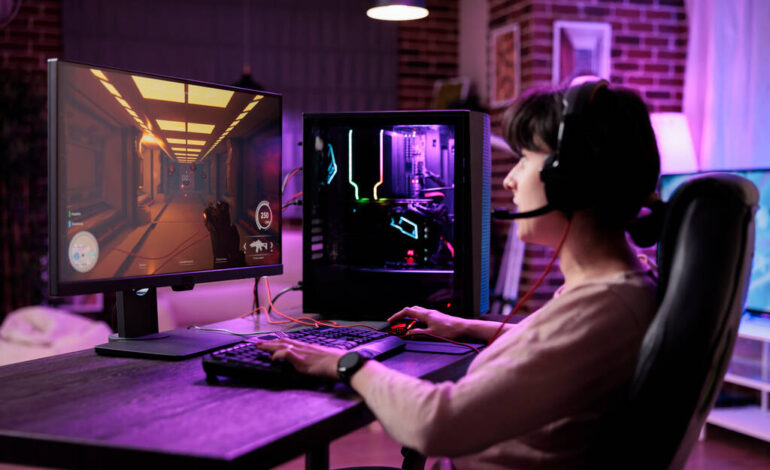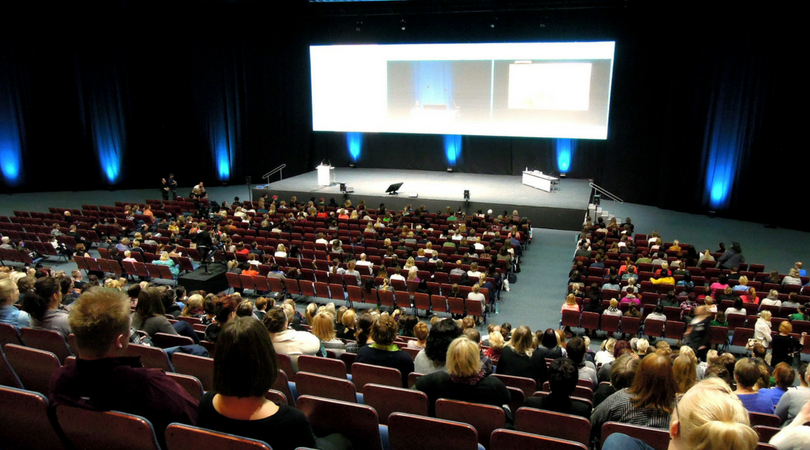
Bringing the Real World into the Digital Domain: Innovations in Scanning Technologies
In today’s tech-driven era, bridging the gap between the physical and digital realm has never been more crucial. At the heart of this seamless integration lies 3d capture software, a groundbreaking innovation enabling one to digitize the real world with unprecedented accuracy. The journey of transposing tangible objects, environments, and intricacies onto a digital canvas is awe-inspiring. This article embarks on a journey to understand the art and science behind these modern marvels of technology.
1. The Genesis of Scanning: Understanding the Basics
Long before the latest 3D capture tools, basic scanning technologies existed. Think about flatbed scanners that turn paper documents into digital files. The evolution of this technology has been rapid. Modern scanning technologies, especially those for 3D capture, send beams of light or lasers onto the subject. As these beams bounce back, sensors measure the time and angle, gradually constructing a detailed three-dimensional model. The sophistication and precision with which these tools operate are miles ahead of their humble beginnings, ensuring detailed replicas that mirror their physical counterparts.
2. From Static to Dynamic: Scanning in Motion
The world isn’t static; the tools capturing it shouldn’t be either. Recognizing this, advancements in scanning technologies have integrated motion into the mix. These innovations allow for capturing environments in real-time, perfect for fast-paced settings like bustling city streets or verdant forests swaying in the breeze. Imagine a scanner capturing every detail of a dancer’s performance, from the flow of their costume to the grace of their movements. This dynamic capture ensures the digital replicas aren’t just accurate in form and essence, encapsulating the very soul of the subject.
3. Enhancing Reality: Augmenting the Scanned World
True magic begins once objects or environments are brought into the digital domain. Artists and developers can augment, modify, or enhance these digital replicas with the data procured. Whether adding special effects to a movie scene or developing a virtual reality simulation of a historical site, the potential applications are limitless. The blend of real-world accuracy with digital enhancements means the end products aren’t just visually appealing. Still, they provide a sensory experience, immersing the user in a familiar and fantastical world.
4. Overcoming the Hurdles: Challenges in Modern Scanning
Like any cutting-edge technology, scanning technologies face their share of challenges. Ensuring accurate color representation, capturing reflective or transparent surfaces, and dealing with environmental interferences like smoke or fog can be tricky. However, the tech community, ever resilient and innovative, is constantly devising solutions. Advanced algorithms correct color discrepancies, while new sensor technologies are better at capturing tricky surfaces. The road might have its bumps, but the trajectory of scanning technologies is undeniably upward.
5. Peering Ahead: The Exciting Future of Scanning
Adobe states, “Create HDR environment lights in real time from 360° images. Enrich them with effects and other lights.”
If the current pace of innovation is any indicator, the future of scanning technologies is luminous. One is already witnessing the integration of artificial intelligence with scanning tools, enabling even quicker and more accurate captures. As virtual and augmented reality platforms grow, the demand for high-fidelity digital replicas will skyrocket. Schools might soon have virtual labs, allowing students to conduct experiments in entirely digital setups. Tourists might explore far-flung historical sites from the comfort of their homes. The canvas is vast, and the paintbrush of scanning technologies is poised to craft masterpieces.
The realm of 3D capture software and scanning technologies is a testament to humanity’s relentless pursuit of innovation. From capturing the static to the dynamic, from mere replication to augmentation, these tools are reshaping how one perceives and interacts with the real and digital worlds. As one stands on this cusp of technological evolution, one can only marvel at the possibilities ahead, ensuring that the line between reality and the digital domain becomes even more seamless.





